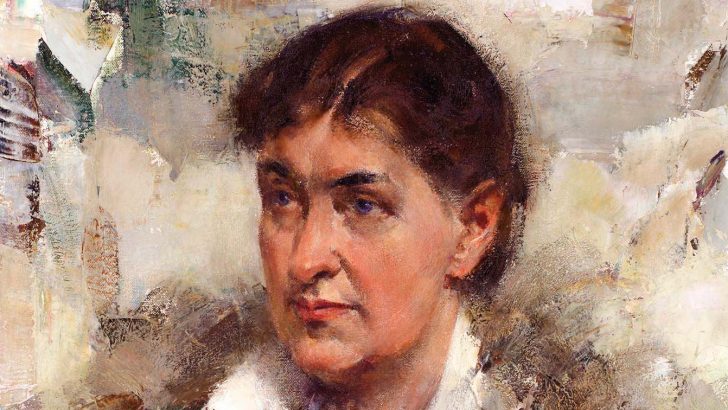Death Comes for the Archbishop
a novel by Willa Cather (Virago Press, £8.99/€11.40)
Willa Cather’s Catholic classic Death Comes for the Archbishop was recognised from the time of its publication for its excellence. But Ms Cather is an unusual figure in American literature – a prolific author, poet, journalist and schoolteacher –and the romantic flavour of her prose meant her works were left on the shelf, as it were, for many years after her death.
In Catholic circles, however, Death Comes for the Archbishop remained consistently popular. The 1927 novel follows the attempts of a French Catholic bishop and a priest to establish a diocese in New Mexico Territory in the 1800s. Based on the life of Jean-Baptiste Lamy, Archbishop of Santa Fe, it is a stylised, picaresque account of the lives of priests in the newly formed diocese.
Though not a Catholic herself – Ms Cather was an episcopalian – she drew on her journalistic experience in devoting many hours of research to ensure accuracy in all matters. This was in keeping with her overall desire to combine the eye for detail of a journalist with the fluid, instinctive approach of a novelist. Whereas journalism tends towards the immediate and sensational – such as the excesses of priest-come-baron Fr Martinez – the novelist has one eye on eternity and deals with life, death and everything in between with equanimity.
By instinct, she discerns the sacramental aspect of nature. Even before her conversion to the Episcopalian church, Ms Cather took this view. In her 1918 novel My Ántonia, the narrator describes how he feels like “something that lay under the sun and felt it, like the pumpkins, and I did not want to be anything more. I was entirely happy. Perhaps we feel like that when we die and become part of something entire, whether it is sun and air, or goodness and knowledge. At any rate, that is happiness; to be dissolved into something complete and great. When it comes to one, it comes as naturally as sleep.”
But after World War One ended, her novels took on a bleaker view of human nature. Always intrigued by the experience of immigrants to America, a constant sense of exile and saudade – longing for the absent thing – pervades her later works. These contrasting perspectives, a sense of oneness with creation and a sense of exile from its goods, come to fruition in Death Comes for the Archbishop. It is like the sensibility of a Henry James is placed in the world of a Flannery O’Connor.
Missionary
Bishop Latour, the French missionary who ministers to the Mexican, Navajo, Hopi, and American people of his diocese, is a man of refined sentiment. But he is also a man comfortable in any circumstance. The native populations immediately take to him and he to them. Some of the most fascinating passages involve his reflections on or discourse with the native peoples and their cultures. The bishop’s task is not an easy one and we follow him piecemeal through his 40 years of ministry, right up to his death, as the title suggests.
Though it spans 40 years, the book is short and quick to read. Ms Cather’s fluid prose dwells as easily on the shape of the American south’s landscapes as it does on the contours of the human mind. Don’t expect an epic, in the mould of Flannery O’Connor or Cormac McCarthy. Be prepared for a terse meditation on religion, culture, death and life – all with an undeniably Catholic flavour.


 Ruadhán Jones
Ruadhán Jones Willa Cather in her heyday.
Willa Cather in her heyday. 